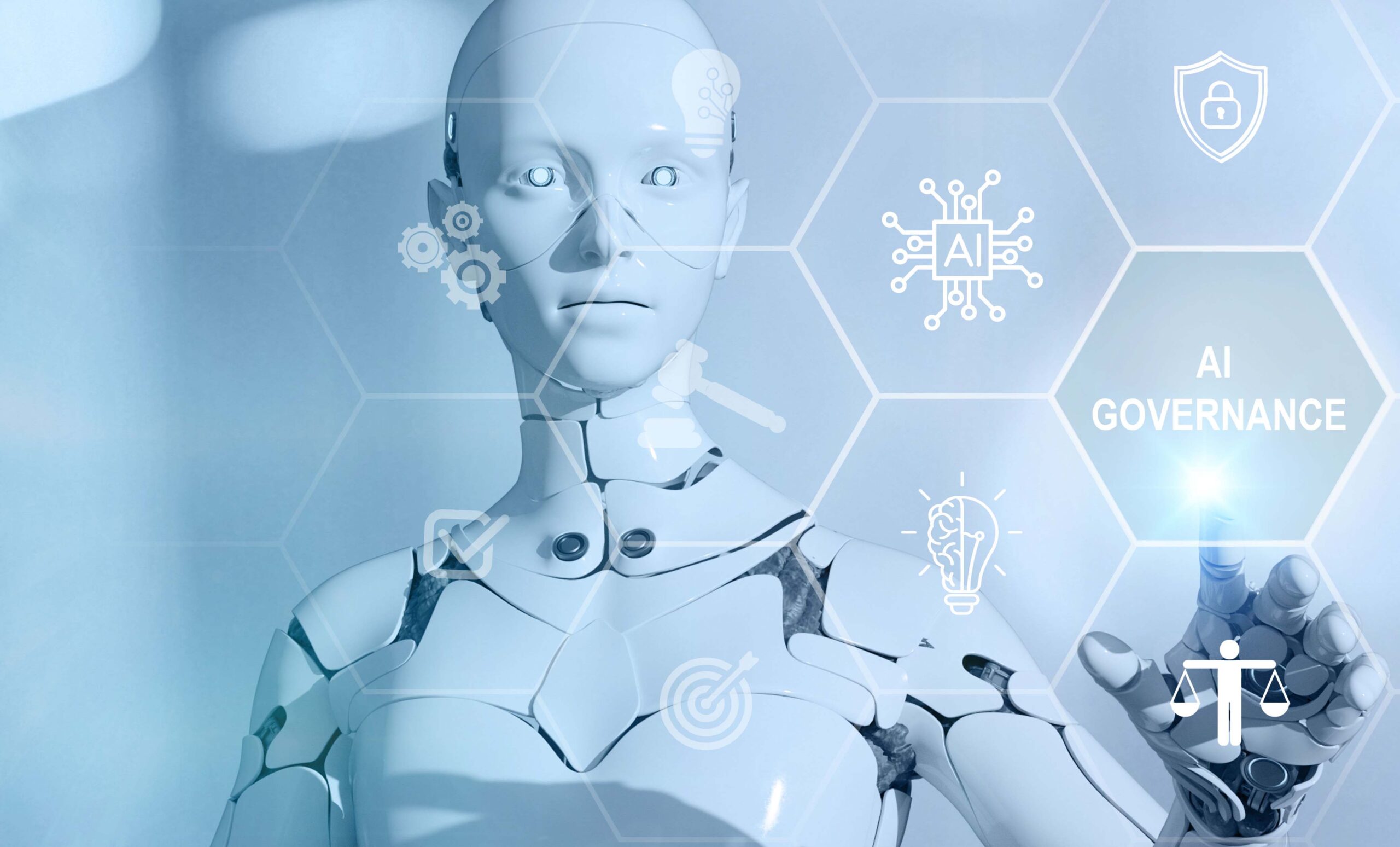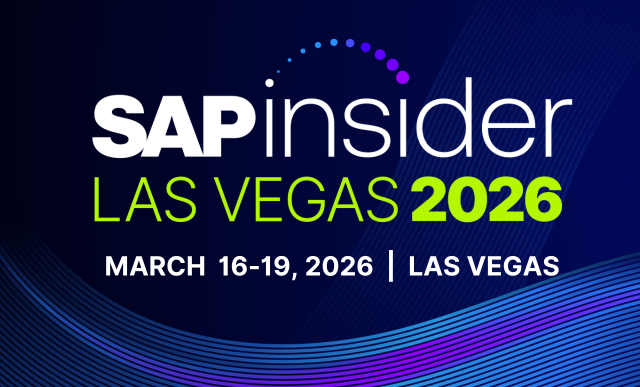Part 3: The Future of Agentic AI in SAP Landscapes
Meet the Authors
Key Takeaways
Agentic AI is transitioning from experimental to essential within two years, with early adopters gaining a competitive edge in automating GRC processes.
The skills gap in SAP GRC is widening, emphasizing the need for IT professionals to develop new skills in prompt engineering and AI system management as routine tasks are automated.
Organizations must create immediate GRC-specific roadmaps for AI strategies, as waiting for SAP's native solutions may result in missed key competitive advantages.
In Part 1 of this series, Raghu Boddu, CEO of ToggleNow, described the company’s journey from orchestrated automation to agentic AI and the creation of Digybot as a specialized solution for SAP GRC. Part 2 then highlighted how Digybot improves the user experience by simplifying access requests and embedding natural-language interaction into compliance workflows. In this final installment, Boddu explores the maturity of agentic AI, how Digybot differentiates itself in the marketplace, and what its expanding capabilities mean for enterprises preparing for SAP S/4HANA migrations and AI-powered governance.
What’s the maturity level of agentic AI today in enterprise SAP systems? Are we still in experimentation mode or is this ready for widespread adoption?
We are still in an experimentation phase because everyone is talking about agentic AI. SAP is also providing many user stories now with Joule, but not in the SAP GRC space. Overall, we are still only in experimentation mode.
Explore related questions
Which industries are furthest ahead in applying agentic AI to SAP GRC?
Honestly, our approach isn’t industry-specific. GRC is relevant across any industry. Currently, we’ve implemented it for one of the largest clients in the US, involved in oil and gas, and for an automotive company. We’re also in discussions with retail and FMCG customers.
How does Digybot differentiate itself from other SAP assistants?
Digybot currently has the experience level of over six years as a strong SAP GRC support consultant. I wouldn’t say it can upgrade systems that we are currently developing. However, regarding support, especially end-user support, it functions as an agent with more than six years of experience.
When I compare it with other agentic products in the market, I don’t really see any competitors working on developing agentic solutions specifically for SAP GRC. Those who are working on this are probably at a very early stage, not at the same maturity level as Digybot, which has already automated over 100 user stories—such as access requests, or if you say, “I need a report of users who never logged into the system,” it can generate that. Password resets, locking and unlocking accounts—any GRC request—can be automated with Digybot at this point.
What do you see Digybot evolving into over the next two to three years?
Our plan is to add over 300 user stories and develop Digybot into a 10- to 15-year experience agent. Digybot currently functions only as a support agent’s coworker, handling support activities. However, we aim to expand its capabilities so it can also migrate your SAP GRC system, especially since SAP is releasing a new version in 2026.
We are also working on developing Digybot as a plugin for SAP Joule, so any customer with SAP Joule can simply plug in Digybot and start using it directly within Joule.
What excites you most about agentic AI in enterprise automation?
Every C-level executive is looking to implement or kick-start the AI journey. Our thinking is that instead of working on complex dashboards for C-levels, we should start from scratch—focusing on the basics, where user communities are an important area.
If we solve 80% of the problems in the user community, 20% of the management needs will be automatically met. One is return on investment. The second is improving the accuracy of various activities to make them audit-ready. We are automatically generating many audit-related reporting dashboards that will send periodic emails to the C-level executives.
Digybot can provide an excellent dashboard report in the format you prefer, whether it’s Excel or Power BI reporting. It can gather all the information and present it. It can also analyze your dashboards to identify nonconformances.
That’s where we’re starting by addressing the bottom 80% first, making the top 20% easy, then presenting it to the C-level team.
What This Means for SAPinsiders
Agentic AI shifts from experimental to essential within two years. Forward-looking technology leaders are already piloting solutions, gaining an early edge over competitors that have yet to automate GRC processes with advanced AI.
The skills gap in SAP GRC widens as AI takes over routine tasks. IT professionals need to shift from transactional support to strategic AI deployment and governance, which requires new skills in prompt engineering and AI system management.
Enterprise AI strategies need immediate GRC-specific roadmaps. Organizations waiting for SAP’s native solutions will miss key competitive advantages as specialized vendors like ToggleNow lead in AI-powered compliance automation.





